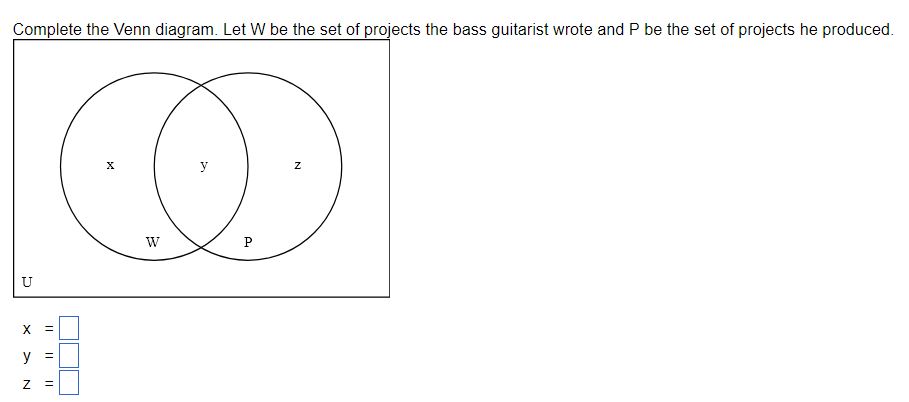inferential statistics and analytics descriptive statistics assignment
STA3215CBE Section 01CBE Inferential Statistics and Analytics (11 Weeks) - CBE Online Course - 2022 Summer Quarter
Deliverable 1 assignment
Deliverable 1 - Descriptive Statistics
Assignment Content
Competency
Describe the data using the measures of central tendency and measures of variability.
Student Success Criteria
View the grading rubric for this deliverable by selecting the “This item is graded with a rubric” link, which is located in the Details & Information pane.
Instructions
Scenario (information repeated for deliverable 01, 03, and 04)
A major client of your company is interested in the salary distributions of jobs in the state of Minnesota that range from $30,000 to $200,000 per year. As a Business Analyst, your boss asks you to research and analyze the salary distributions. You are given a spreadsheet that contains the following information:
A listing of the jobs by title
The salary (in dollars) for each job
To complete Deliverable 1 assignment - Descriptive Statistics.xlsx file for specific questions that need to be answered in this deliverable.
The client needs the preliminary findings by the end of the day. Your boss asks you to first compute some basic statistics and then analyze the results in the four questions given in the Excel spreadsheet.
Background information on the Data
The data set in the spreadsheet consists of 364 records that you will be analyzing from the Bureau of Labor Statistics. The data set contains a listing of several jobs titles with yearly salaries ranging from approximately $30,000 to $200,000 for the state of Minnesota.
What to Submit
Your boss wants you to submit the spreadsheet with the completed calculations, answers, and analysis.
The following questions are include in the attached excel file.
Notepad
. Provide a brief overview of the scenario you are given and describe the data set.
1b. Describe how you will be analyzing the data set.
1c. List all variables in the data set. Define each variable as follows and explain your reasoning.
i. Provide the two variable names in the data set.
ii. Define both variable as either Quantitative or Qualitative. Explain your answers.
iii. For the quantiative variable listed, define them as either Discrete or Continuous. Explain your answer.
iv. Provide the level of measurement for both variables. Explain your answers.
- Name and describe each Measure of Center below. Include the advantages and disadvantages of each Measure of Center.
4a. Calculate the Measures of Center and Measures of Variation on the "Data" tab in this document.
Under each measurement, provide the following: the calculation (including the Excel formula), the value, the units of measurement, and an interpretation of the calculation in context of the scenario.
i. Mean
ii. Median
iii. Mode
iv. Midrange
v. Range
vi. Variance
vii. Standard Deviation
If you find any difficulty completing analyses for this project, you can contact My Course Tutor for help. We provide statistics and data analysis services under our statistics assignment help category. You might also wish to engage our experts on free consultations on how to go about analyzing your project data using excel.
